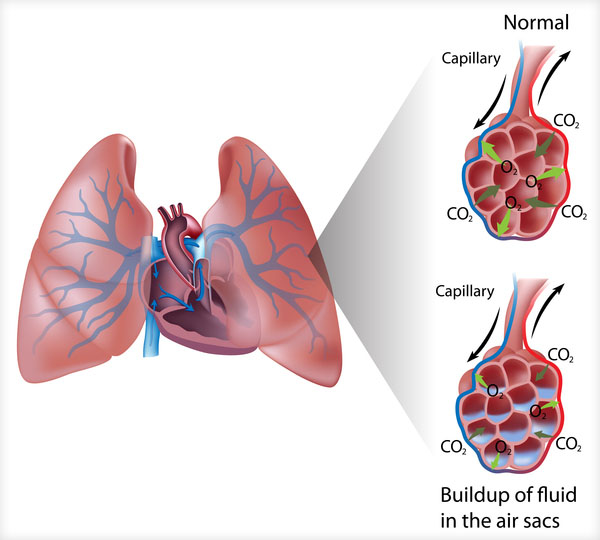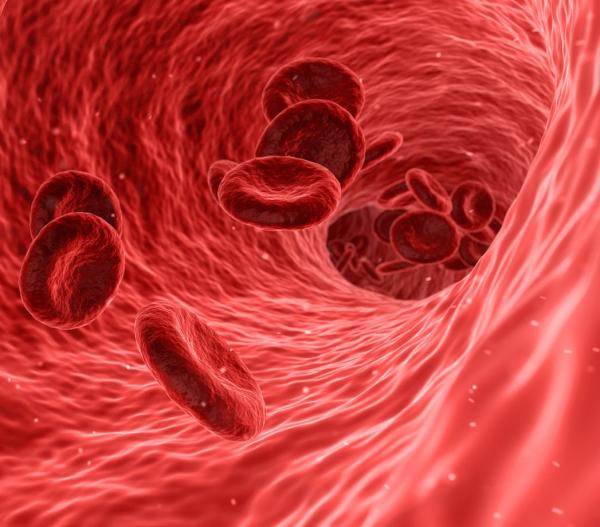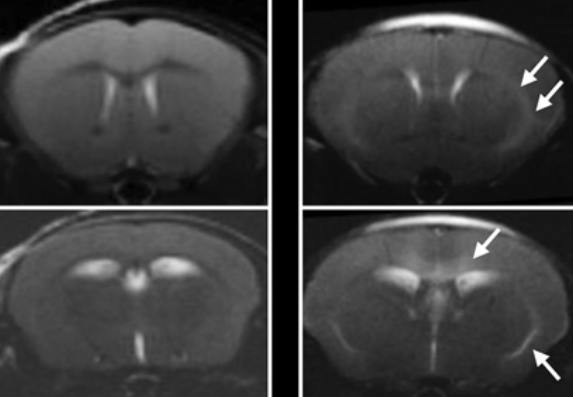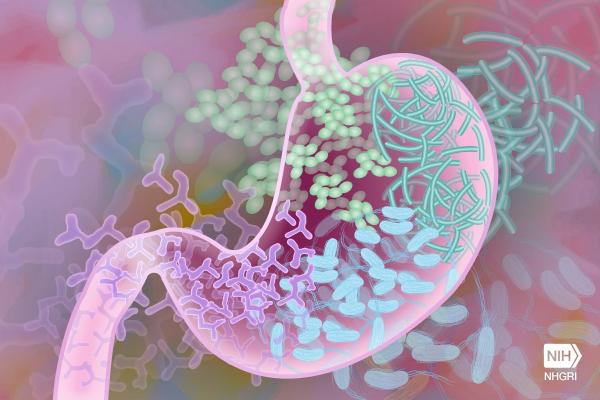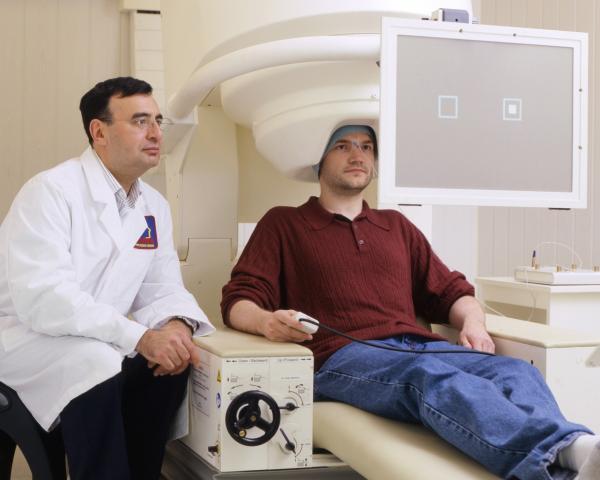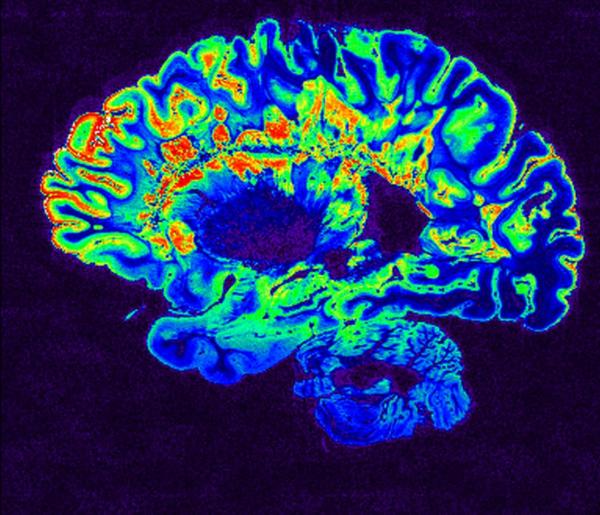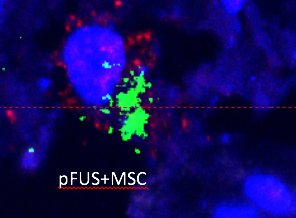Cholesterol Molecule Yields Insights Into Distressed Lungs
Potential biomarker may contribute to personalized treatments
Until recently, medical treatment has largely been one-size-fits-all, with doctors unable to separate patients into distinct groups that might benefit more or less from a particular approach. However, researchers are increasingly finding that individuals with the same disease can differ markedly in ways that might one day influence their care. A recent IRP study has identified a particular molecule that may have just such an impact for patients with damaged lungs.

